Standing Desks: Is Sitting the new Smoking?
Elgin John, Physiotherapist
August 9, 2023 | News
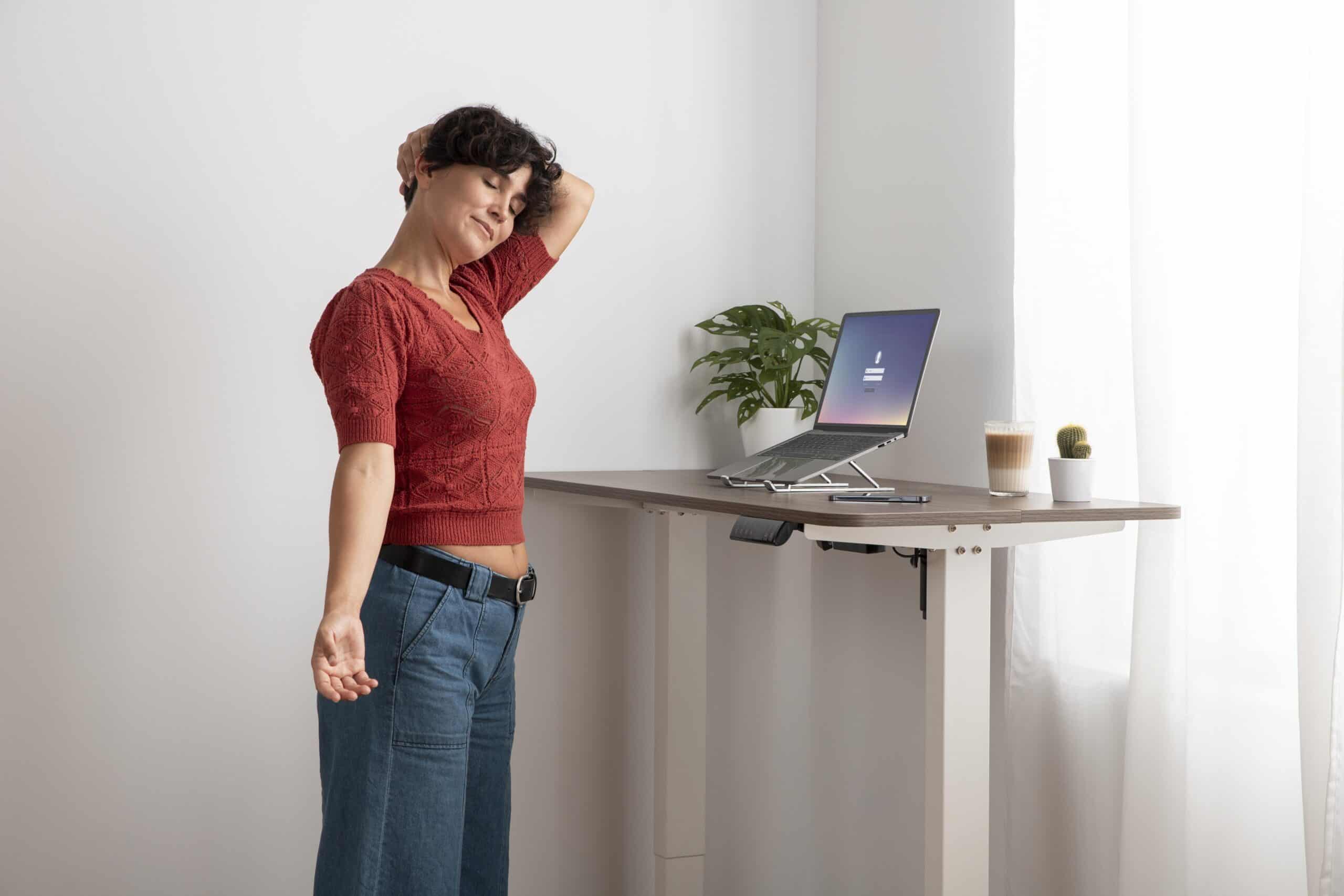
Sitting dominates modern behavior, just as smoking did some decades ago. Can you transition to standing at work? Yes, more and more people are doing it. Latest research demonstrates that a combination of sitting and standing at work greatly reduces the incidence of musculo-skeletal discomfort. In Sweden 80% of office workers now use sit-stand desks; these can be raised or lowered at the touch of a button.
A sit-stand desk refers to a desk or desktop workstation that can be height-adjusted to allow the user to switch between standing and sitting positions at their will.
Why Switch to a Sit-Stand Desk?
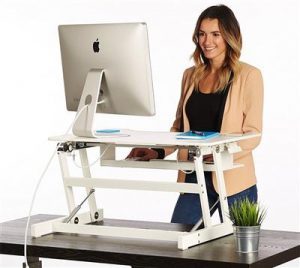
The purpose of a sit-stand desk is to allow a more ergonomic approach to desk use
Advantages:
You can quickly change between seated and standing postures and can give the user a way to resist overusing certain muscles and underusing others.
More calories are burned while standing than while sitting, as a standing posture requires more musculature to be used and is thus more metabolically demanding.
There are many research studies that show positive correlations between stand-sit desks and improved health. The following is a list of the findings from some of these studies:
- Using a standing desk may result in lower blood sugar levels
- Standing desks and sit-stand desks seem to help reduce pain in the neck, shoulders, and back
- Sedentary lifestyles are associated with obesity, cancer, heart disease, stroke, diabetes, and neck pain, among other negative health issues
However, Standing leaning on one leg is more bad than sitting because the whole body weight transmits to the leg, hip and then to spine which may stress your joints including spine. Above all a good exercise which includes strength, flexibility, mobility and endurance training is very inevitable for the best posture.
Recent post

The Hidden Link: Posture and Mental Health

The Effect of Poor Posture on Spinal Health

Why Chiropractic Care is Important – Even for Babies and Children

Healing After Surgery: How Physiotherapy Accelerates Recovery

Chiropractic vs Physiotherapy: What’s Best for Back Pain?

Spinal Decompression Therapy: A Non-Surgical Solution for Back Pain Relief
You may also like

Chiropractic vs Physiotherapy: What’s Best for Back Pain?
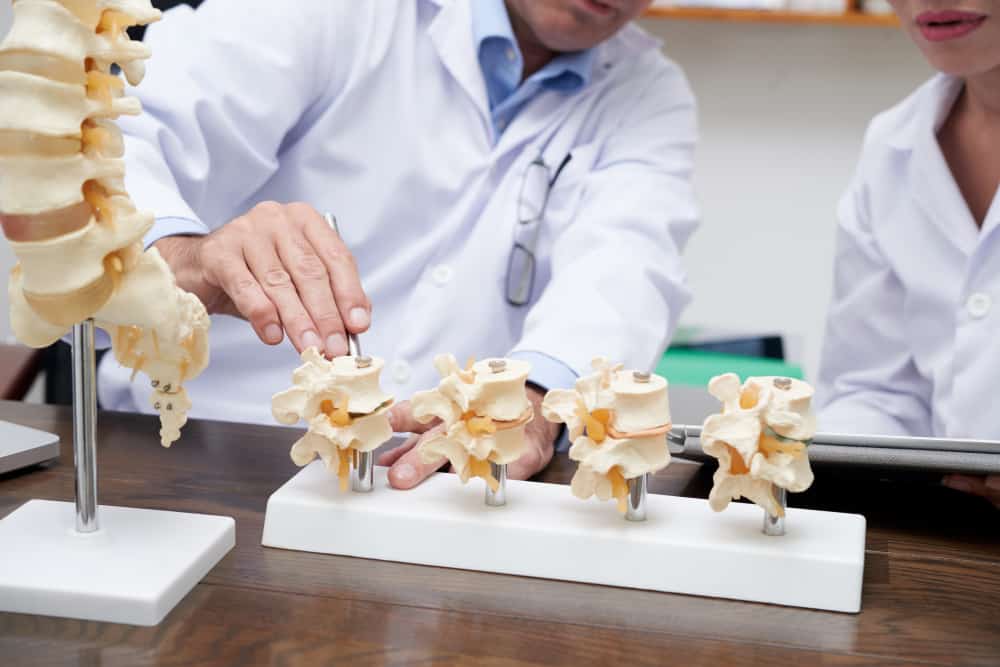
Should you only see a Chiropractor when you are in pain?
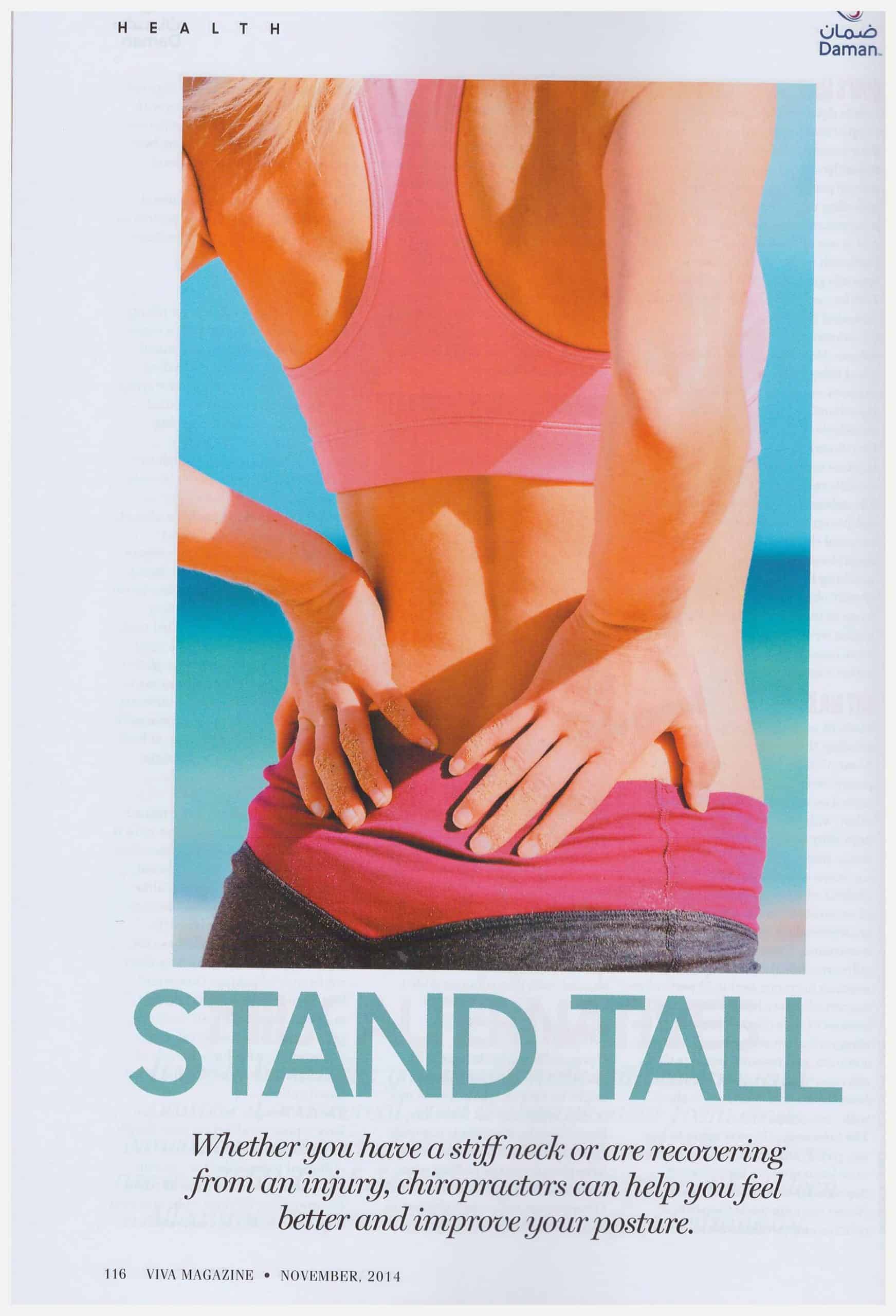
“Viva” Magazine Review – November 2014

How Often Should I Visit a Chiropractor?
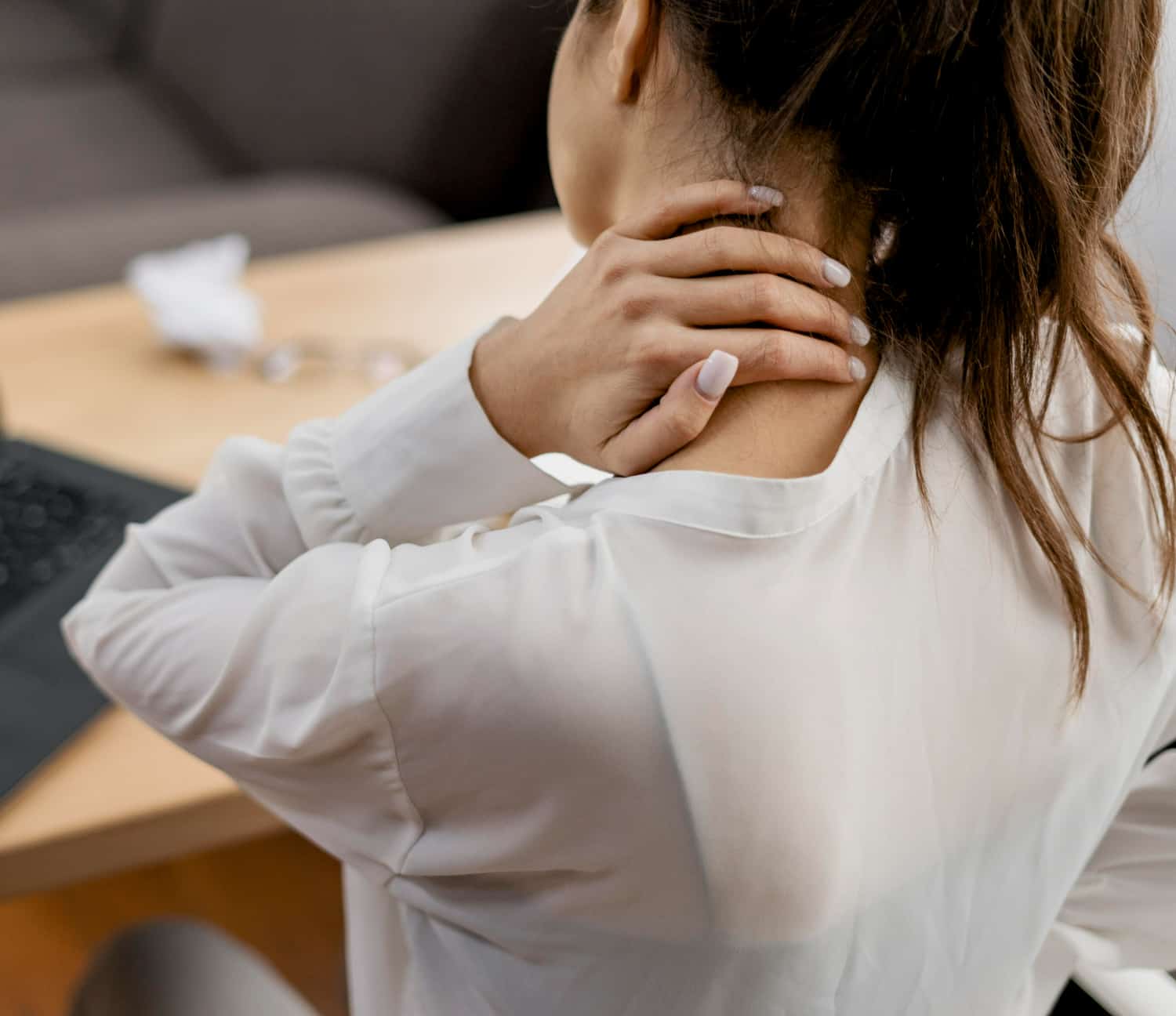
Can stress cause neck pain?
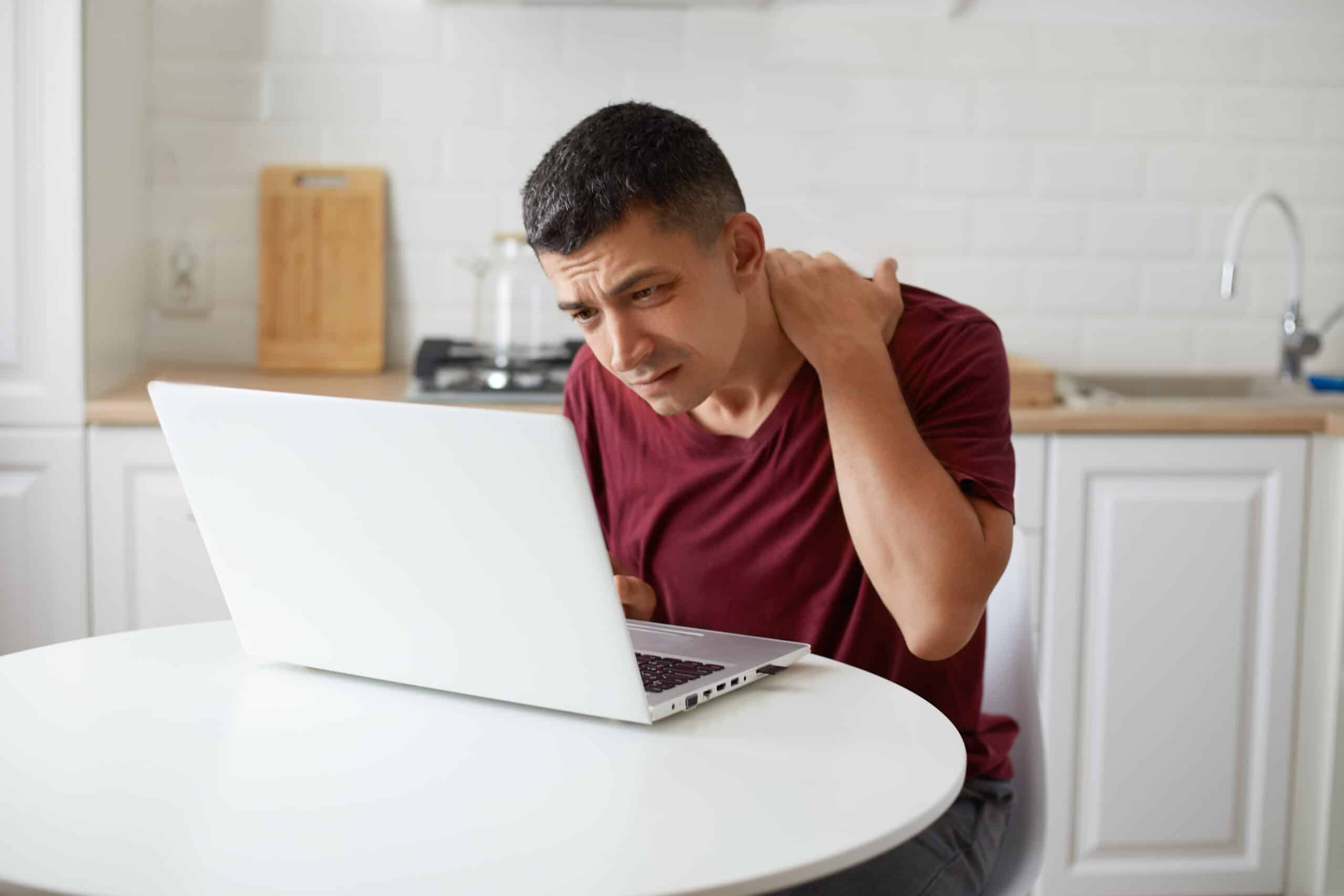
Text Neck: How Physiotherapy Can Help Relieve Pain and Restore Posture
Recommended Posts
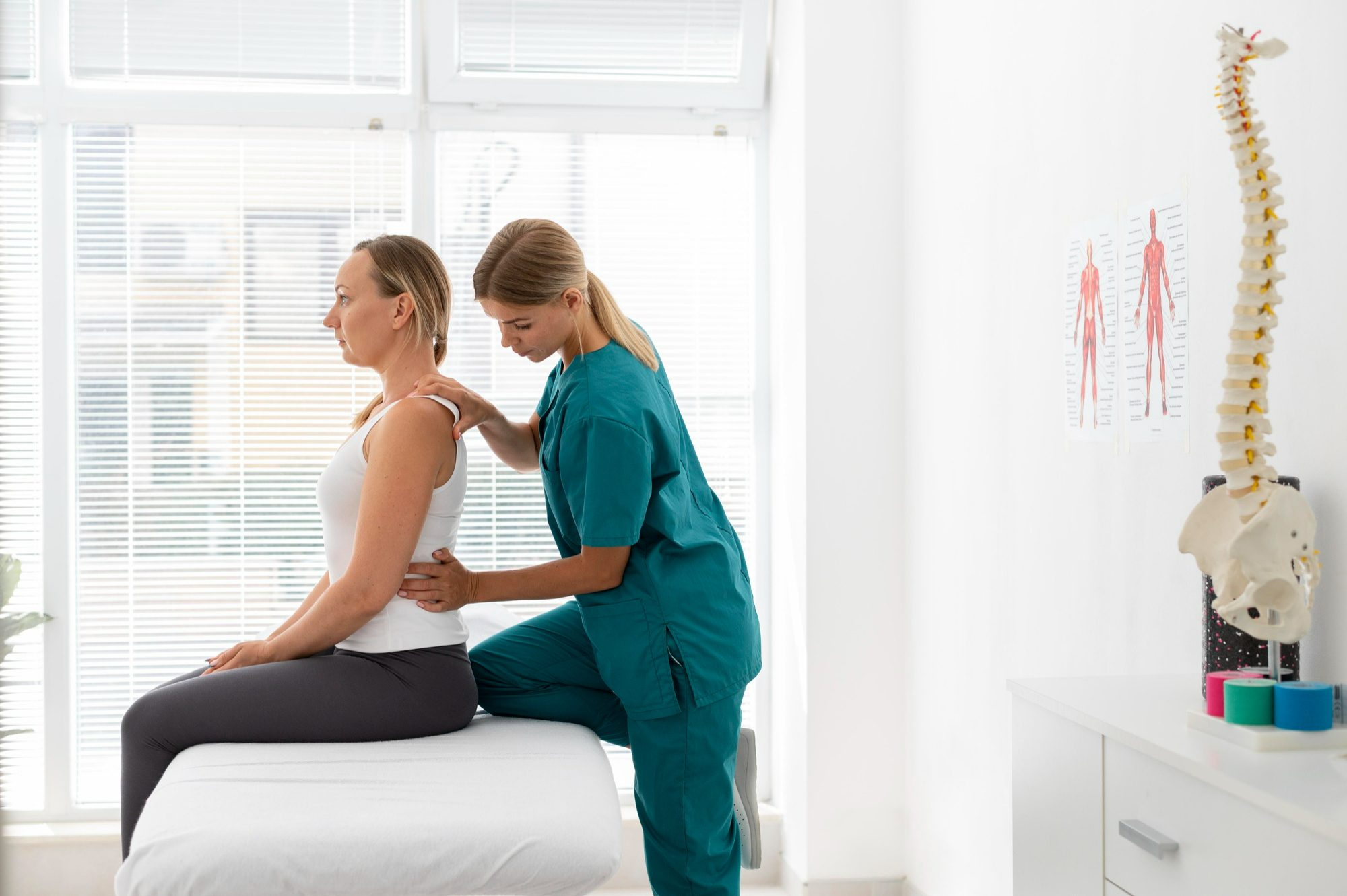
Physiotherapy vs. Surgery: When Is Physical Therapy the Better Option?
by
Pranali Kamat, Physiotherapist
November 7, 2024

Healing After Surgery: How Physiotherapy Accelerates Recovery
by
Intesar Hussain, Physiotherapist
May 7, 2025
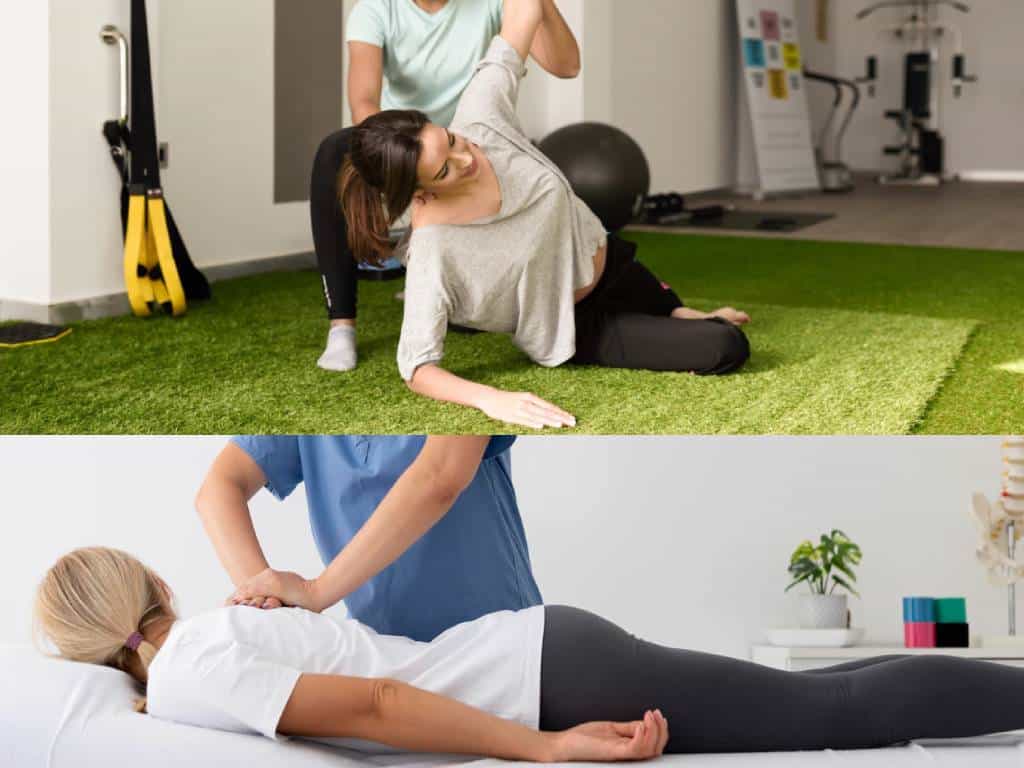
Chiropractic or Physiotherapy?
by
Dr. Tim Jacobs DC LRCC MChiro
February 8, 2023
